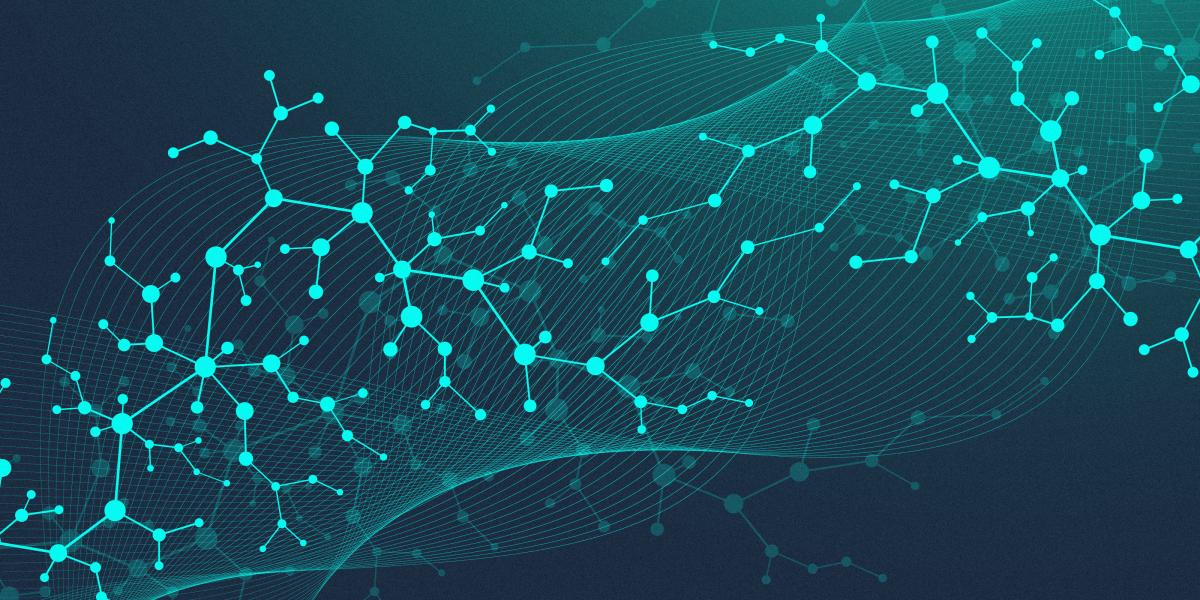30 Years of Work with the First Americans
As he talks about the world’s largest ponderosa pine forest and some of Arizona’s highest mountains, Sky Nez calls the Fort Apache Indian Reservation “one of the most beautiful places on earth.” But it is also one of the nation’s most impoverished. With an unemployment rate of more than 70 percent, the 13,000-plus White Mountain Apaches who live mostly in cookie-cutter public housing on this majestic landscape suffer from health problems common to low-income areas: obesity, diabetes, heart disease, and drug and alcohol abuse.
Nez, who edits the Fort Apache Scout newspaper, remembers when his mother would take him to the Indian Health Service clinic as a child. “I would see these posters depicting a healthy lifestyle, and the posters always said ‘Johns Hopkins.’ I thought, Who is this Mr. John Hopkins? He must want our people to be happy and healthy.”
At the time, “John Hopkins” was embodied in the form of Mathuram Santosham, MD, MPH ’75. In 1980, the pediatrician went to Whiteriver, the reservation’s largest community, expecting to spend just one year there working to curb the high rate of childhood diarrhea and resulting deadly dehydration. Within months, the reservation was hit by a rotavirus-caused epidemic of diarrhea. Santosham trained Apache outreach workers to go into homes and teach parents how to administer oral rehydration therapy (ORT), a simple solution of water, salt and sugar, similar to today’s commercial Pedialyte®. “I didn’t lose a single kid in that epidemic,” he remembers. The results were widely publicized, and today the rates of diarrheal deaths among the Apache and Navajo are virtually zero.
That was one problem down, but Santosham was also seeing many kids in the hospital with meningitis. He went to the Tribal Council about it. “To my surprise, they said, ‘Yes, many of our kids die of meningitis and those who survive have terrible problems. You’re from Hopkins, you tell us what to do.’”
He did. In 1990, Santosham completed a trial of a vaccine for Haemophilus influenzae type b (Hib) bacteria, the leading cause of life-threatening meningitis in infants and young children in the U.S. The incidence of Hib infection on the reservation was at least 10 times higher than in the rest of the country. The results of the trial? Just two shots administered before the age of 2 nearly eradicated the disease. Today, almost every developed country uses the Hib vaccine, saving hundreds of lives per year.
Last October, the Johns Hopkins Center for American Indian Health (CAIH) held a ceremony on the Apache reservation to celebrate 30 years of working to promote the health of Native Americans, who, overall, have the poorest health and socioeconomic status of any U.S. ethnic group. The Center was formally established in 1991, with Santosham, professor of International Health, as its director. Today, it operates 10 field sites and does consulting and training with Native American communities nationwide.
Through the 1990s, researchers conducted a large-scale trial of a vaccine to prevent pneumococcus, the leading cause of childhood pneumonia and a major cause of meningitis. Since 2004, they have worked to test the efficacy of a monoclonal antibody against respiratory syncytial virus (RSV), which causes respiratory disease and pneumonia among infants. Together, these interventions could save 3 million lives annually.
In the last two decades, researchers have focused on behavioral and mental health. Native American youth have a rate of alcohol-related deaths eight times that of all races in the U.S. combined, and more than twice as many suicides and car deaths. The Center’s largest behavioral intervention is Family Spirit, a home-based education program for teenage parents conducted by Native paraprofessionals who are trained by the Center. Working with the Tribal Council on the Apache reservation, the Center has also pioneered a surveillance system whereby all suicidal behaviors are reported to a central registry to determine patterns and risk factors and help inform prevention programs.
Researchers are now working to demonstrate the effectiveness of utilizing Native paraprofessionals to treat mental health. During home visits, Apache outreach workers link suicidal youth and families to services and provide in-home education to promote communication, problem solving, coping and conflict resolution skills. “Clinical interventions that happen at the hospital miss dozens of at-risk kids who never come to the hospital,” says Allison Barlow, MPH ’97, MA, associate director of the Center’s behavioral health programs. “By reaching children and families in their homes, we can assess imminent risk, connect families to services and offer family education. We believe our community-based mental health work with tribes in the Southwest could be translated worldwide.”
CAIH is also preparing the next generation of Native Americans to become health leaders in their own communities. Last year, Sky Nez was the first to earn a 16-credit Public Health Training Certificate in American Indian Health. Says Gwendena Real Bird, a fellow certificate recipient, “I learned about traditional medicine versus Western medicine, and I learned about mental health in an Indian community. I realized I still don’t know everything about my people.”
Meanwhile, CAIH has a scholarship program for Native Americans to enroll in programs at Johns Hopkins (in medicine, nursing or public health).
Such connections are doing much for Native American tribes, but also for the rest of the world. “One thing I will never forget is being invited by the WHO in the mid-1980s to train young doctors and village health workers in China,” Santosham remembers. “I asked [one] in a remote village, ‘How do you manage diarrhea?’” By way of example, says Santosham, “he pulled out an article written about the diarrhea management strategy at Whiteriver, Arizona."That was our reservation.That was us.”
